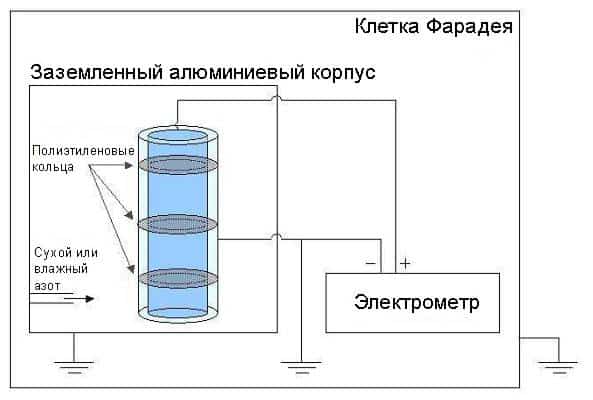
It is an eternal source of free energy. The thermal motion of graphene is converted into electricity
Scientists at the University of Arkansas have created a system that can generate electricity from the thermal motion of graphene. An energy generator built on its basis has a chance to work for as long as how long all this will be at normal temperature - at least this is a theory developed three years ago.
Graphene energy generator. Maybe not for machines, but for microsensors - yes. In future
Graphene is a "sheet" of carbon atoms linked by single and double bonds. The atoms are arranged in hexagons and form a flat structure one atom thick, which gives graphene a number of amazing properties. One of them is thermal movements that cause wrinkles and deformations on the graphene sheet.

Graphene under a TEAM 0.5 transmission electron microscope developed by a team at the University of California, Berkeley. The yellow vertices are carbon atoms, the black holes are inside the hexagons. If you think the black is pointing to the left, wait a few seconds, try tracing the yellow carbon stripe to the right edge, or load the photo into an image editor and quickly rotate it 90-180 degrees. In IrfanView, this can be done by pressing the R(c) button NCEM, University of California, Berkeley.
Scientists at the University of Arkansas published a theory three years ago that showed that changing the shape of the surface of graphene could be used to generate energy. This contradicted Richard Feynman's calculations, but it turned out that graphene at room temperature can actually produce alternating current.
Slowly deforming graphene induced a low-frequency alternating current, and a system developed by the scientists converted it into pulsating direct current (DC) and further amplified it (source). This is important because electronics operate more efficiently at a lower frequency.
Perhaps most counterintuitive is that the resistor used in the system did not heat up during operation. Since the energy came from converting thermal movements into electricity, the balance was maintained. If the electricity runs out, the resistor should cool down.
After building a ready-made diagram proving that theory works in practice (PoC), Scientists are now working on the possibility of storing the energy generated in the system in a capacitor. Just like in the animation below (green - negative charges, red - holes, positive charges):
The next step is to miniaturize it all and build on a silicon wafer. If it succeeds, and if it is possible to combine a million such systems in one microcircuit, it can function as a virtually immortal generator of electricity.

One of the prototypes of graphene energy generators (c) of the University of Arkansas
This may interest you:
